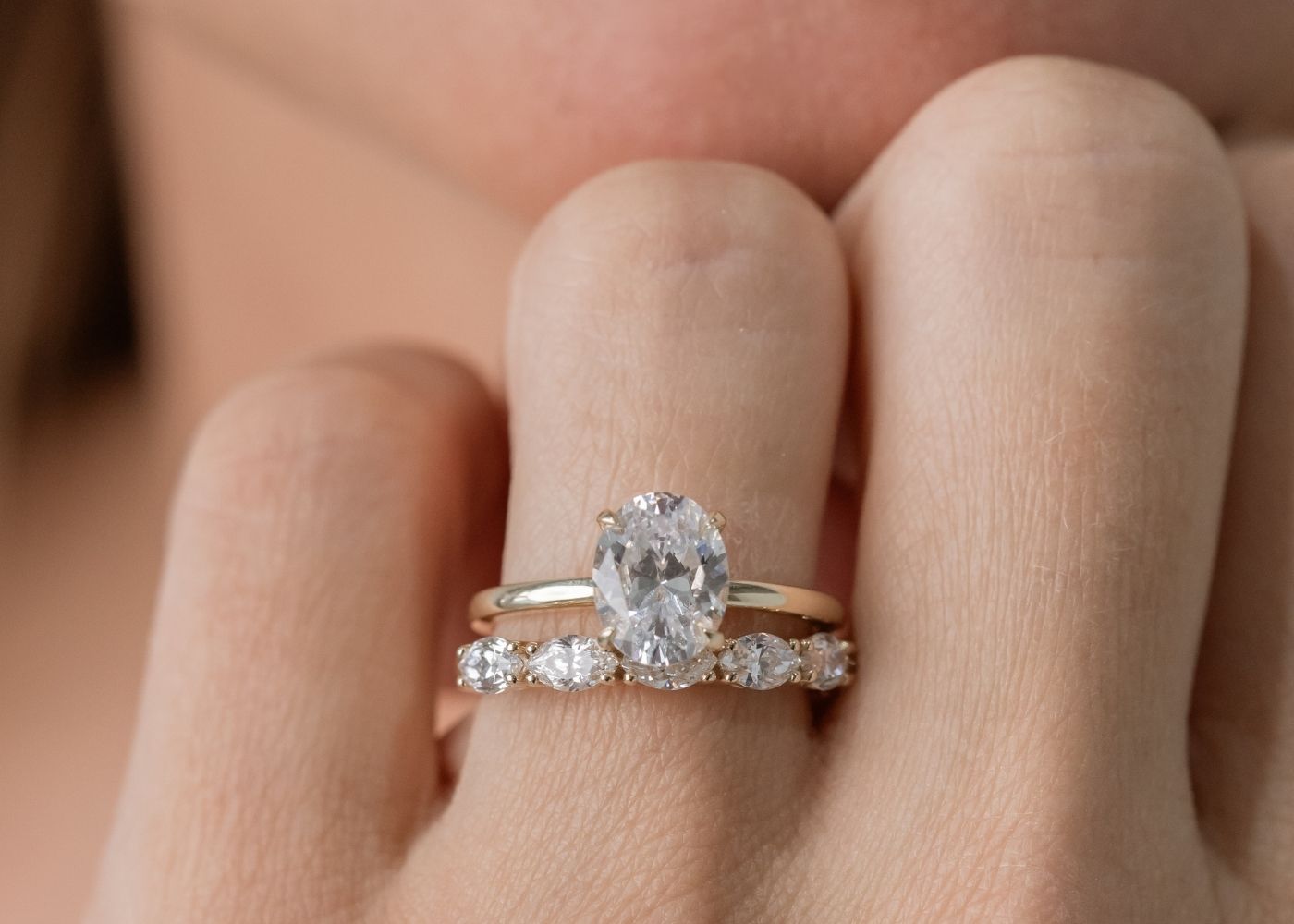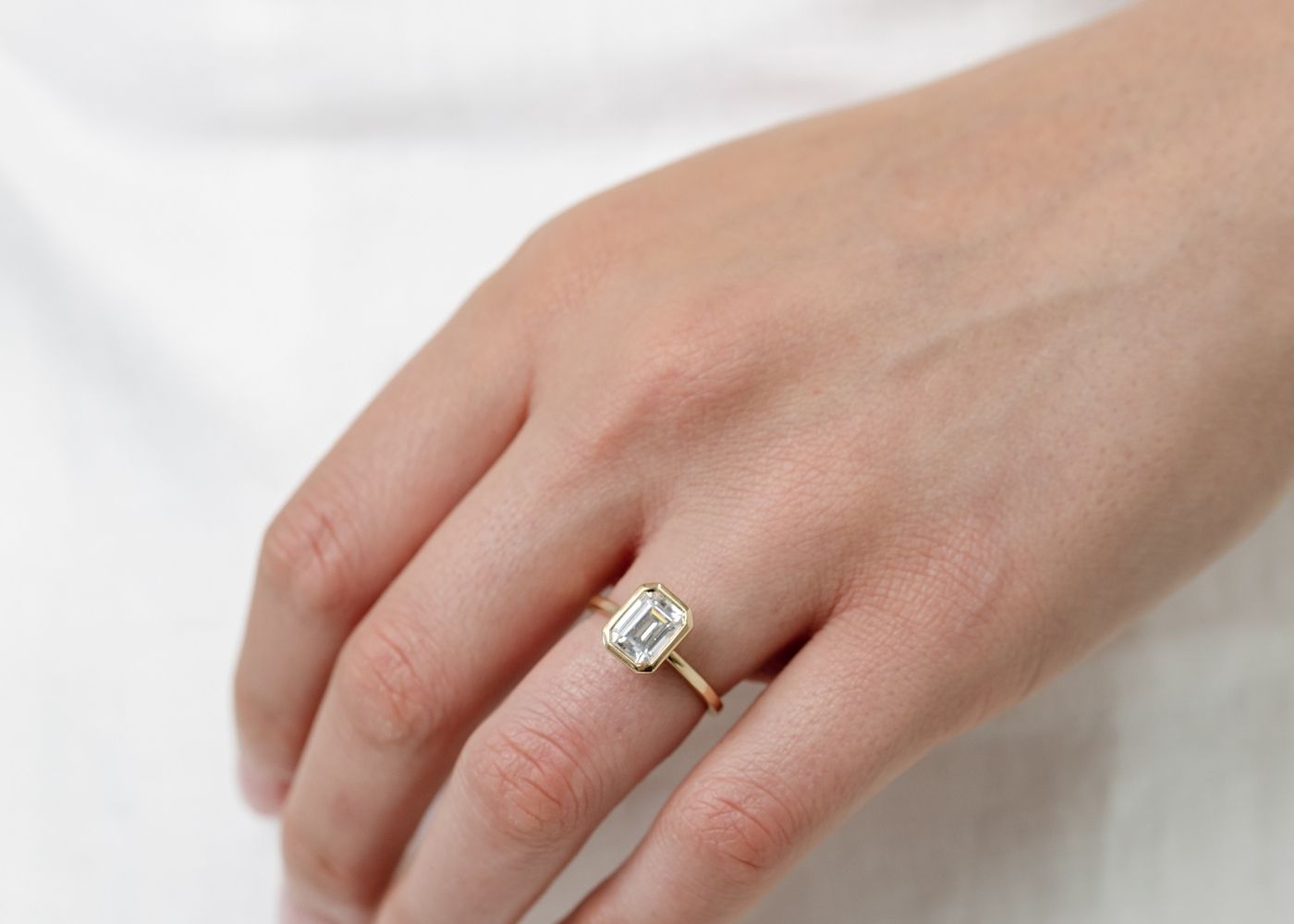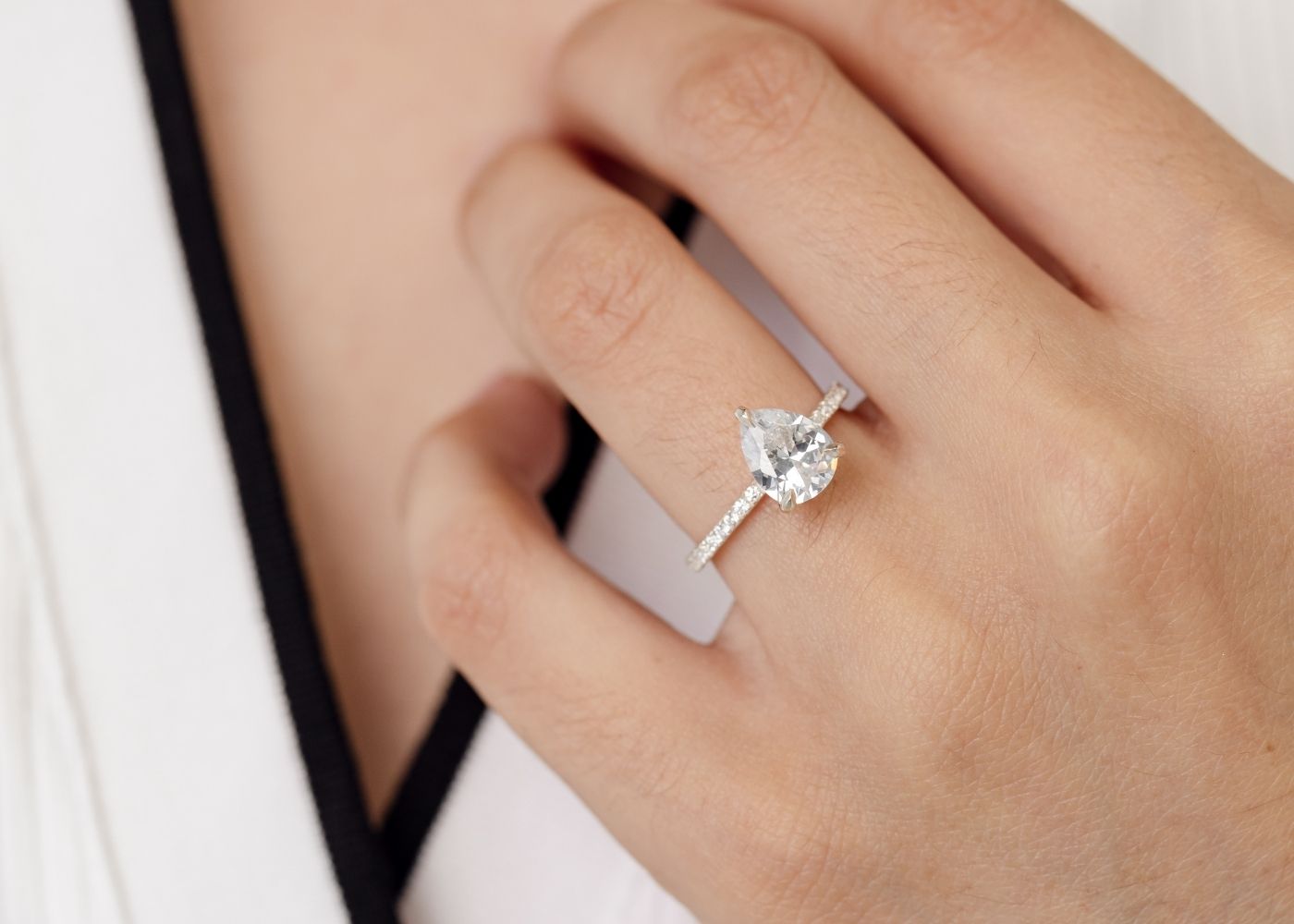Red beryl
History and Rarity
- Discovered in 1904 by Maynard Bixby in the Wah Wah mountains in Utah.
- Named 'bixbite' in 1912 by Alfred Eppler after Maynard Bixby.
- The old synonym 'bixbite' is deprecated due to confusion with the mineral bixbyite.
- Gem-grade red beryl is concentrated in the Ruby-Violet Claim in the Wah Wah Mountains.
- The Ruby-Violet Claim was discovered in 1958 by Lamar Hodges while prospecting for uranium.
- Red beryl is very rare and found in only a few locations in the southwestern United States.
- The specific conditions for red beryl formation are uncommon, resulting in its rarity.
- Red beryl is a thousand times rarer than gold.
- A 2-carat red beryl is as rare as a 40-carat diamond, according to the Gemmological Association of Great Britain.
- Red beryl is valued similarly or higher than emerald, despite being a hundred times rarer.
Characteristics
- The dark red color of red beryl is attributed to the presence of Mn ions.
- Red beryl crystals have a hexagonal crystal system, distinguishing them from other minerals.
- Red beryl can be confused with pezzottaite, but their refractive indices differ.
- Red beryl has inclusions like feathers and fractures, similar to emerald.
- Mineral inclusions in red beryl include quartz, feldspar, hematite, and bixbyite.
Chemistry
- The hexagonal crystal structure of beryl consists of AlO octahedra, BeO, and SiO tetrahedra.
- Red beryl gets its color from natural chemical doping, where Mn replaces AlO at certain positions.
- The deep color of Mn in red beryl may be explained by the Jahn-Teller effect on spin disallowed transitions.
- The hexagonal channels of red beryl are primarily unoccupied, and no detectable water has been found within.
- Synthetic red beryl is produced using a hydrothermal process with cobalt and manganese as dopants.
Formation
- Red beryl forms in topaz-bearing rhyolites, rather than pegmatites or metamorphic rocks like other beryls.
- It crystallizes under low pressure and high temperature from a pneumatolytic phase in fractures or miarolitic cavities.
- Associated minerals with red beryl include bixbyite, quartz, orthoclase, topaz, spessartine, pseudobrookite, and hematite.
- Synthetic red beryl is produced using a hydrothermal process similar to emeralds, with cobalt and manganese as dopants.
- Limited geographical occurrence has led to Red Emerald Inc controlling world production of natural red beryl.
Other Facts and Details
- Red beryl is valued similarly or higher than emerald, despite being a hundred times rarer.
- The Ruby-Violet Claim in the Wah Wah Mountains is the primary source of gem-grade red beryl.
- Red beryl is a highly sought-after gemstone in the jewelry industry.
- Gemmological Association of Great Britain considers red beryl as one of the rarest gemstones.
- Red beryl is also known by other names such as "scarlet emerald" and "red emerald."
Red beryl Data Sources
| Reference | URL |
|---|---|
| Glossary | https://harryandcojewellery.com.au/blogs/glossary/red-beryl |
| Wikipedia | http://en.wikipedia.org/wiki/Red_beryl |
| Wikidata | https://www.wikidata.org/wiki/Q429651 |
| Knowledge Graph | https://www.google.com/search?kgmid=/g/187cc_10 |





